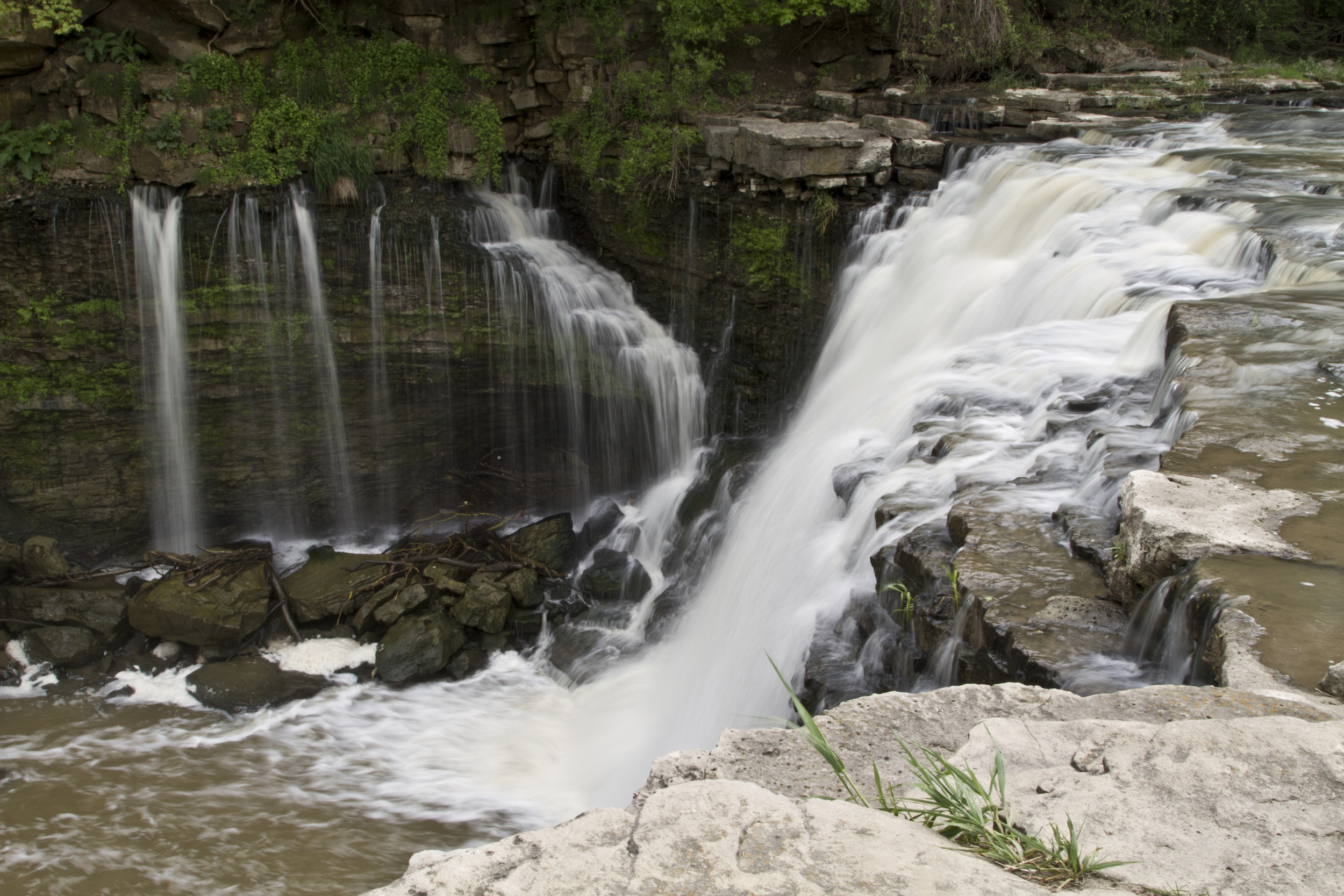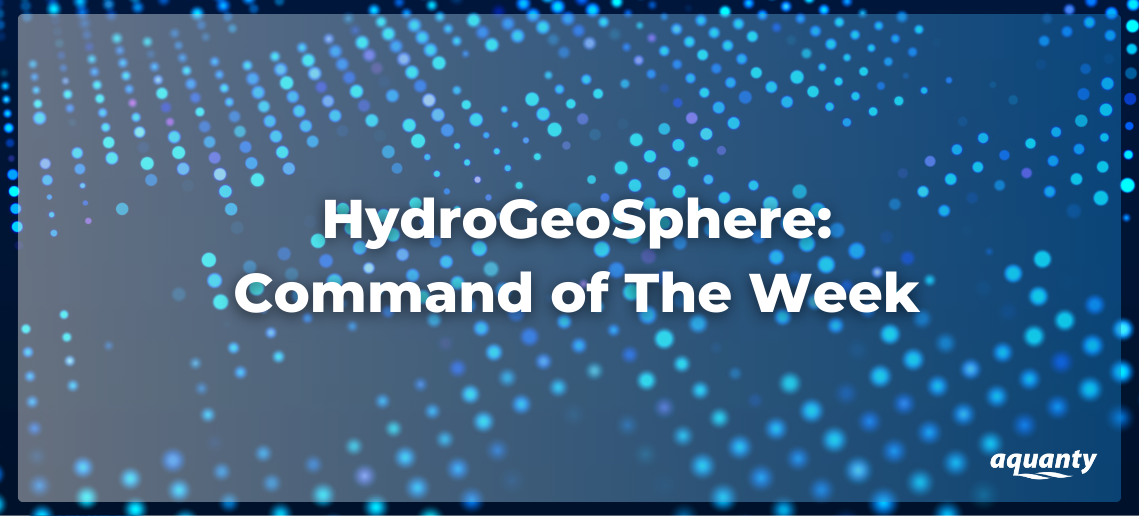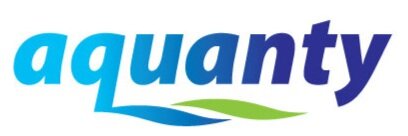
HGS RESEARCH HIGHLIGHT – Development of an integrated numerical flow model in the Prairie Environment
A recent publication by researchers at the University of Regina uses HydroGeoSphere to investigate the impact of climate variability and different groundwater withdrawal scenarios on groundwater levels in the Leech Lake aquifer. This paper provides an excellent introduction to the use of HGS in semi-arid prairie regions, making use of the built-in evapotransporation and snowmelt processes to estimate overall recharge rates under various climate scenarios (including extreme drought).

Simple Drain and Makeup Water Boundary Conditions
This post describes how to use two boundary conditions that maintain a target head in the event that head would exceed (simple drain) or undershoot (makeup water) a specified value. Conceptually we can think of these boundary conditions as one-way boundary conditions where water can only enter (makeup water) or exit (simple drain) the system and are active only when the target value is reached. We find these two boundary conditions very useful when trying to represent water management scenarios.
HGS RESEARCH HIGHLIGHT – Fully Coupled Surface–Subsurface Hydrological Modeling to Optimize Ancient Water Harvesting Techniques
We’re so proud that an entire chapter in the recently published “Handbook of Water Harvesting and Conservation: Case Studies and Application Examples” is dedicated to the modeling of ancient water harvesting techniques using HydroGeoSphere. In this chapter HGS was used to evaluate and optimize rain harvesting techniques across four case studies. Two of these case studies were from Chile, while the other two were in Ethiopia and Niger. The Chilean case studies evaluated the effectiveness of infiltration trenches (zanjas) in reducing surface runoff losses, promote recovery of natural vegetation and reduce land degradation. “In Ethiopia, the model was used to evaluate and optimize conservation practices with broad and narrow permanent beds, which are modified versions of locally called terwah and derdero systems.” And in Niger HydroGeoSphere models were used to evaluate several water harvesting techniques “includ[ing] scarification, zaï pits, and microcatchments like semi-circular or half-moon bunds (demi lunes)”.

Blanking by element number with TecPlot for hydrogeological models
This post introduces a workflow for visualizing individual model layers in TecPlot using a custom macro. The workflow overcomes the limitations of TecPlot's built-in “Value Blanking” functionality, which can produce artifacts in complex scenarios, such as when zones are out of order or cross layer boundaries.

New Commands to Report Water Table Depth/Elevation
This post introduces two new commands in HydroGeoSphere (Revision 2270): Report water table at xy and Report water table at node. These commands allow you to report the water table at a specific location, either by node or XY coordinates.

Restarting a Terminated Run using restart_file_info.dat
This post outlines the improved HydroGeoSphere restart functionality, designed to simplify resuming a model run after unexpected termination. Previously, restarting required modifying multiple input files, rerunning grok.exe, and manually appending outputs. Now, with the automatic generation of parallelindx.dat, restart_file_info.dat, and prefixo.restart, the process is much more efficient.

Integrating HGS Models with PEST for Automated Parameter Estimation
This post introduces a detailed tutorial on integrating PEST (Parameter ESTimation) with HydroGeoSphere (HGS) for automated parameter estimation. The tutorial walks through the structure of PEST input files and guides you on how to incorporate them into your HGS models. It's designed to help you run parameter estimation using PEST, though it doesn't cover advanced PEST modes like Tikhonov regularization or predictive analysis. The tutorial is based on the Abdul verification problem and includes all necessary input files.
